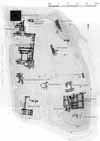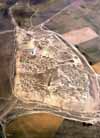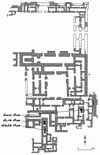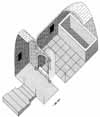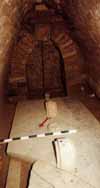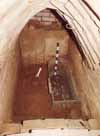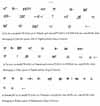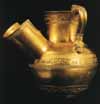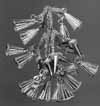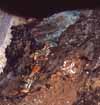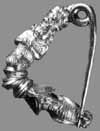
The Tombs of the Assyrian Queens Yaba, Banitu, and Atalia
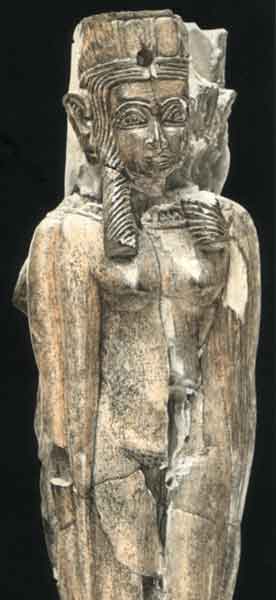
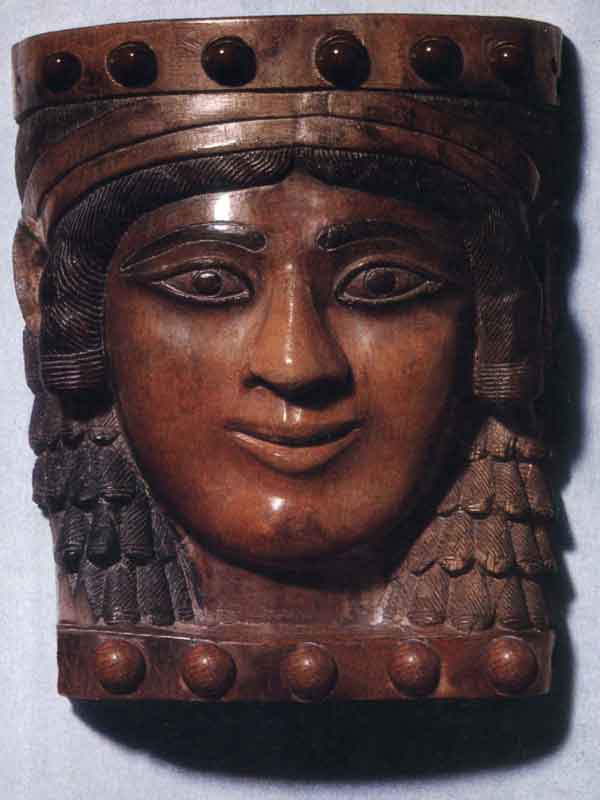
The Royal Tomb of Nimrud were first discovered in April of 1989 by an expedition of the Iraqi Department of Antiquities and Heritage. The Tomb was located in the North-West Palace of the Ancient city of Kalkhu (modern city of Nimrud). The city of Kalkhu was a capital of the Assyrian Empire for over 150 years until King Sargon moved the capital to Dur-Sharukin (modern Khorshabad) in 717 B.C. The city is located 4 miles south-west of the Christian monastery of Mar Behnam. The first dig of this ancient site was conducted by a British mission over 150 years ago, which uncovered many reliefs. Many Ancient Assyrian Tombs have been found in the past, however the goods had all been plundered and stolen. Two remaining tombs exist; one in Berlin and one in its original location in the city of Ashur. The sarcophagus in the tomb chamber contained hundreds of items including jewelry, vessels, ornaments, seals and other goods. The items displayed Syrian and Phoenician iconography in addition to central Assyrian Art. The treasures Belonged to:
- Yaba, Queen of Tiglathpileser III, king of Assyria 744-727
- Banitu, Queen of Shalmanasser V, king of Assyria 726-722
- Atalia, Queen of Sargon II, king of Assyria 721-705
Special thanks to Mark Al-Taweel for his assistance with this web page.


